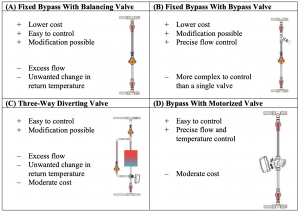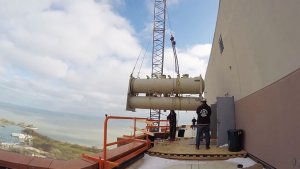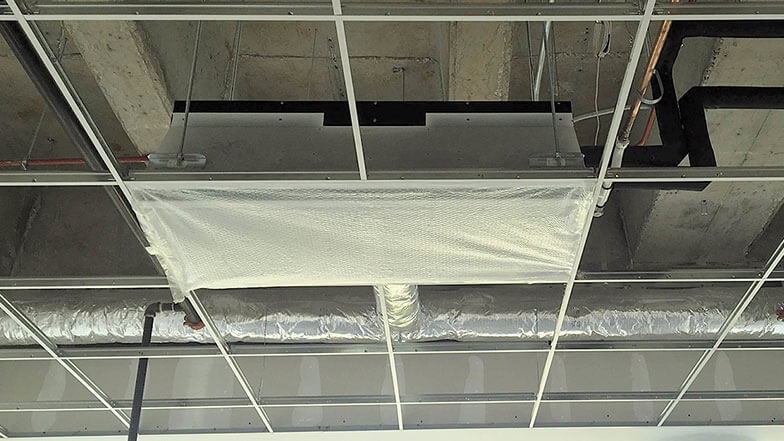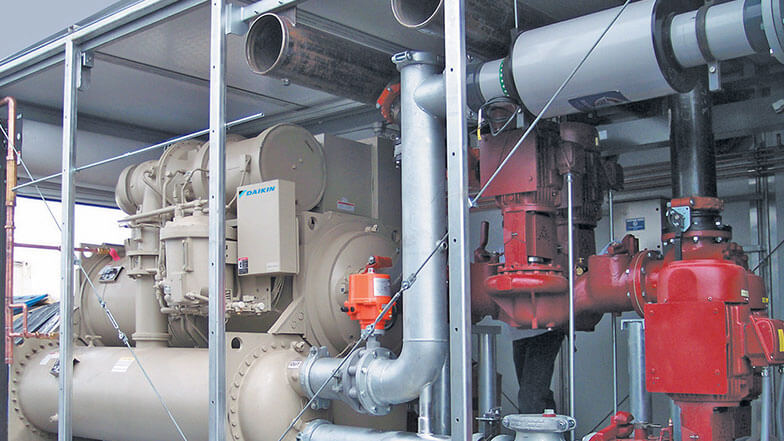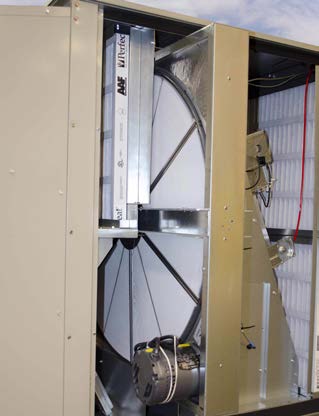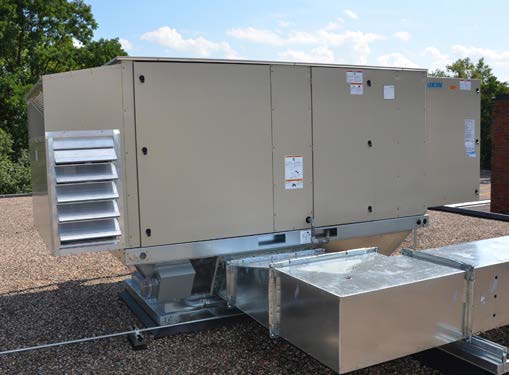With Daikin, Olson Plumbing and Heating Stands Up COVID-19 Care Facility in Record Time
Olson Plumbing and Heating partnered with Daikin Applied to retrofit a Colorado medical center to house patients recovering from COVID-19, moving from planning to project completion in just 30 days. In response to the rapid spread of the pandemic, St. Mary-Corwin Medical Center in Pueblo, CO, was redesigned to provide post-COVID-19, non-critical, isolated care, freeing up intensive care isolation units in other facilities. Daikin is a sponsor of MCAA’s 2021 Virtual Education Conference.
Despite attempts to “flatten the curve” through travel, business and social restrictions, in spring 2020, Colorado officials knew they would need additional capacity and hospital beds for COVID-19 care. Accordingly, state administrators, working with the Colorado Hospital Association and U.S. Army Corps of Engineers, developed a plan to repurpose several health care facilities.

The Rush to Reconfigure
Eight Daikin Rebel DPS units with gas heat and DX cooling were selected for their ability to run on factory controls and handle 100-percent outside air to serve neutral, make-up air to the fourth and fifth floors of the six-story medical facility. The two floors are pulled negative by 18 utility set exhaust fans. All the duct work was installed on the exterior of the building. The Rebel units also feature inverter compressors and electronically commutated motors to maximize energy efficiency.
While the Daikin Rebel units were an ideal solution for converting two floors of general recovery rooms into isolation rooms, the more critical challenge was delivery and installation speed. The virus growth models suggested that the Colorado health care system would be overburdened by early May—and building integrators LONG Building Technologies only learned about the St. Mary-Corwin project on April 11. When Daikin factory workers in Minnesota learned about the job and the dire need, they assured management they could get the system built and shipped in a matter of days.
“There was no way this project would have been completed without our partners. And Daikin more than stepped up to the plate.”
—John Hill, Construction Manager, Industrial Plumbing and Heating (part of Olson Plumbing and Heating)
“We knew from the first phone call that we needed to take on this time-challenging project. But we needed to do it with a team we could trust,” said John Hill, construction manager at Industrial Plumbing and Heating, part of Olson Plumbing and Heating. “There was no way this project would have been completed without our partners. And Daikin more than stepped up to the plate.”
Gary Venable, president of Colorado Sheet Metal, agreed. “It was really amazing the way everybody came together as a team on this project,” he said. “We started the design and planning process on Easter, and a week later, we started construction. We were working seven 12-hour days for three weeks to make this thing come together. Everybody put extra effort into meeting the schedule, from team delivery drivers to cranes being set on weekends. The engineers were on site the entire duration of the project, tweaking ducts and designs to meet codes and facility requirements,” Venable said.
The entire project, from manufacturing to commissioning, was completed by May 10—approximately 30 days from plan to completion. It is typical in the industry for the bid and spec process of similar jobs to take up to six weeks.
A Breath of Fresh Air
The Daikin Rebel units have performed flawlessly and have been effective in balancing negative and positive air pressure to isolate the fourth and fifth floors of the facility. The integral gas heat system ensures a continuous supply of neutral air in colder months.
The rapid project completion is a testament to the dedication of Daikin factory workers in providing quality solutions that meet the needs of the customer. Yet, it is also a testament to the cooperation of Olson Plumbing and Heating and the rest of the contracting team.
For more information, visit www.daikin.com.
MCAA thanks the Daikin Group for being a sponsor of MCAA’s 2021 Virtual Education Conference.









